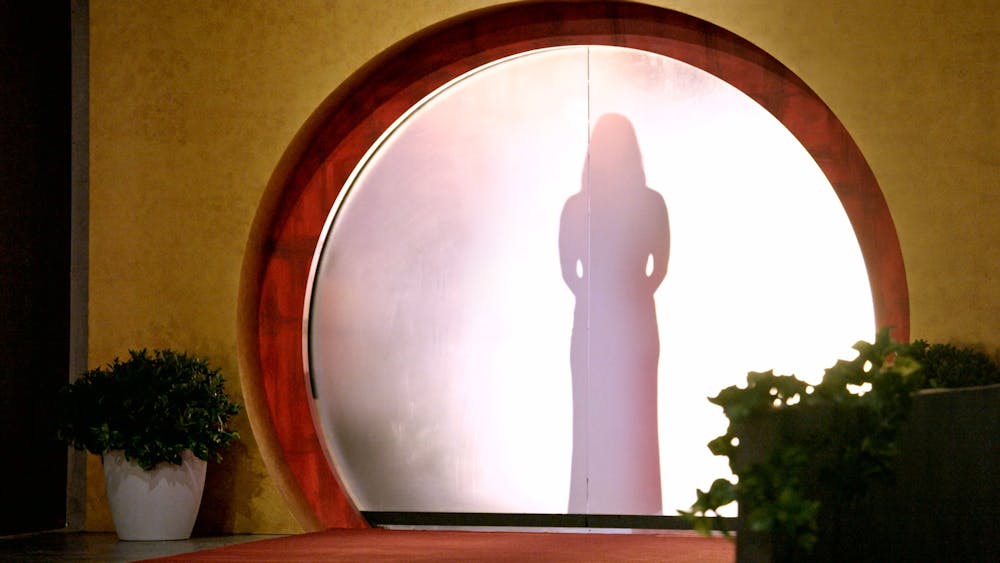SPOILER ALERT: This story contains potential spoilers about Netflix’s “Love is Blind.”
The latest season of Netflix’s original “Love is Blind” hit the streaming service Oct. 19, and I had no choice but to watch. After the last two seasons of (almost) complete failures, I wondered if the third season would offer anything different in the looks of the cast or the outcomes of the too-quick relationships.
But I shouldn’t have had any high hopes in the first place. My TV screen is still covered by conventionally attractive people who seem to live extremely conventional lives with conventional standards and values.
A Google search of the series quickly reveals its purpose — to see the success of love, “as emotional connection attempts to conquer physical attraction.” But casting similar, sometimes surface-level people will never allow this experiment to live up to its promise of the potential superiority of emotional connection.
I know I don’t have to watch the show. No one is making me sit down and watch pretty boys and girls talk through a wall — which still confuses me. But dumb television is my weakness. And so are men like Cole Barnett.
[Related: OPINION: Weekly episodes are better than binge watching]
Cole’s introduction made him seem like the classic frat boy, as the show initially emphasized his childish questions and sexual comments. As the episodes have progressed so far, I’ve fallen for Cole’s soft side and his ability to truly feel his emotions. But that doesn’t mean all his frat-boy ways are gone.
In episode 4, Cole talks with the other guys about how he’s emotionally connected to Zanab Jaffrey, but his physical attraction is still on Colleen Reed, a girl he rejected in the pods before he was able to see her face-to-face.
All of this is to say, despite the show’s commitment to emotional connection, the contestants completely lose sight of this the moment their eyes can see their love interests in the flesh. Whether it’s the true feelings of the cast or the way in which the production team decided to stage episodes, it is all about physicality and sex.
In the same episode, Bartise Bowden tells his fiancé, Nancy Rodriguez, that he saw another girl and thought she was a “smoke show.” While I admire his openness in trying to explain his deeper connection to Nancy, his comment reveals just how surface-level “Love is Blind” is willing to get.
[Related: OPINION: Netflix original 'Don't Look Up' is eerily plausible]
Emotional connection goes out of the window when every participant fits the beauty standard. If it wanted to truly test the strength of emotional connection, the show would cast fat women, short men or lower-class people – all of which don’t typically fit our terribly exclusive American standards of beauty.
This is not the first time — and probably not the last — that “Love is Blind” has had such narrow casting. In seasons one and two, the “successful” relationships were full of the beauty standard. Now, only two couples from season one remain married. While this is likely due to a fault in the process of the relationship because of the show’s rules, the result may very well be different if a more diverse set of people were cast.
Would the love matches last if they had a deeper understanding of privilege? Would they last if the couples weren't financially well-off beforehand, using the show as a way to gain attention?
I love “Love is Blind.” As long as new seasons premiere, I will most likely be an avid watcher. But that doesn’t mean I buy any of it, though I tend to buy into the television dramatics during my viewing.
“Love is Blind” promises an experiment about emotional connection, but it turns into an experiment about physical connection and survival of the prettiest.
Elizabeth Valadez (she/her) is a sophomore studying English and political science.






